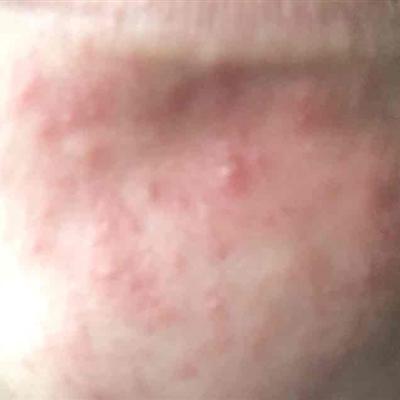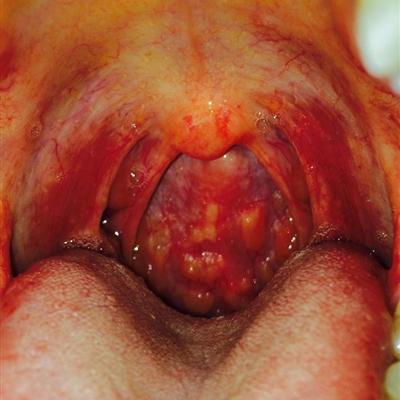Does chyluria have other symptoms?
summary
Chyluria can occur at any age, and after suffering from this disease, it will have a serious impact on the normal life of patients. This disease mainly refers to a disease caused by chyluria or lymphatic fluid entering the human urine. Under normal circumstances, human urine is transparent or a little yellow, Patients with this disease have milky urine, and some patients may have a small amount of blood in their urine if the condition is serious. Does chyluria have other symptoms? Let's talk about it.
Does chyluria have other symptoms?
Patients often have a history of filariasis in endemic areas or filariasis infection. Urine was milky white or sauce oil color, or mixed with chylous clot, floating lipid droplets after standing. Most of them have intermittent attacks, and the severe ones can be persistent, lasting for several days or weeks each time.

It is often induced or aggravated by high-fat diet, fatigue and cold. Sometimes, renal colic may occur due to obstruction of ureter by chyle and blood clot; * obstruction of the urethra can also cause dysuria or urinary retention.

Long term recurrent chyluria can appear fatigue, emaciation, edema, anemia and other malnutrition symptoms. According to the history of filariasis infection or scrotal lymphedema and filariasis in other parts in the endemic area of filariasis, the detection of fat globules in urine is the basis for the diagnosis of chyluria.

matters needing attention
(1) prevent and kill mosquitoes, cut off the transmission route and eliminate mosquito breeding areas. It is better to use mosquito net in mosquito season; When working outdoors, pay attention to apply anti mosquito oil, mosquito repellent and other repellents on the exposed skin, and use cotton thread to soak 701 anti mosquito oil to make anti mosquito net on the head. (2) general survey and treatment in summer, more than 95% of the residents were required to take blood; Early detection of patients and carriers, timely cure, not only to ensure people's health, but also reduce and eliminate the source of infection. In winter, the patients with positive microfilariae or negative microfilariae but with history and signs of filariasis were given general treatment. (3) epidemiological monitoring, strengthen the epidemiological monitoring of areas that have reached the target of basic elimination of filariasis.














